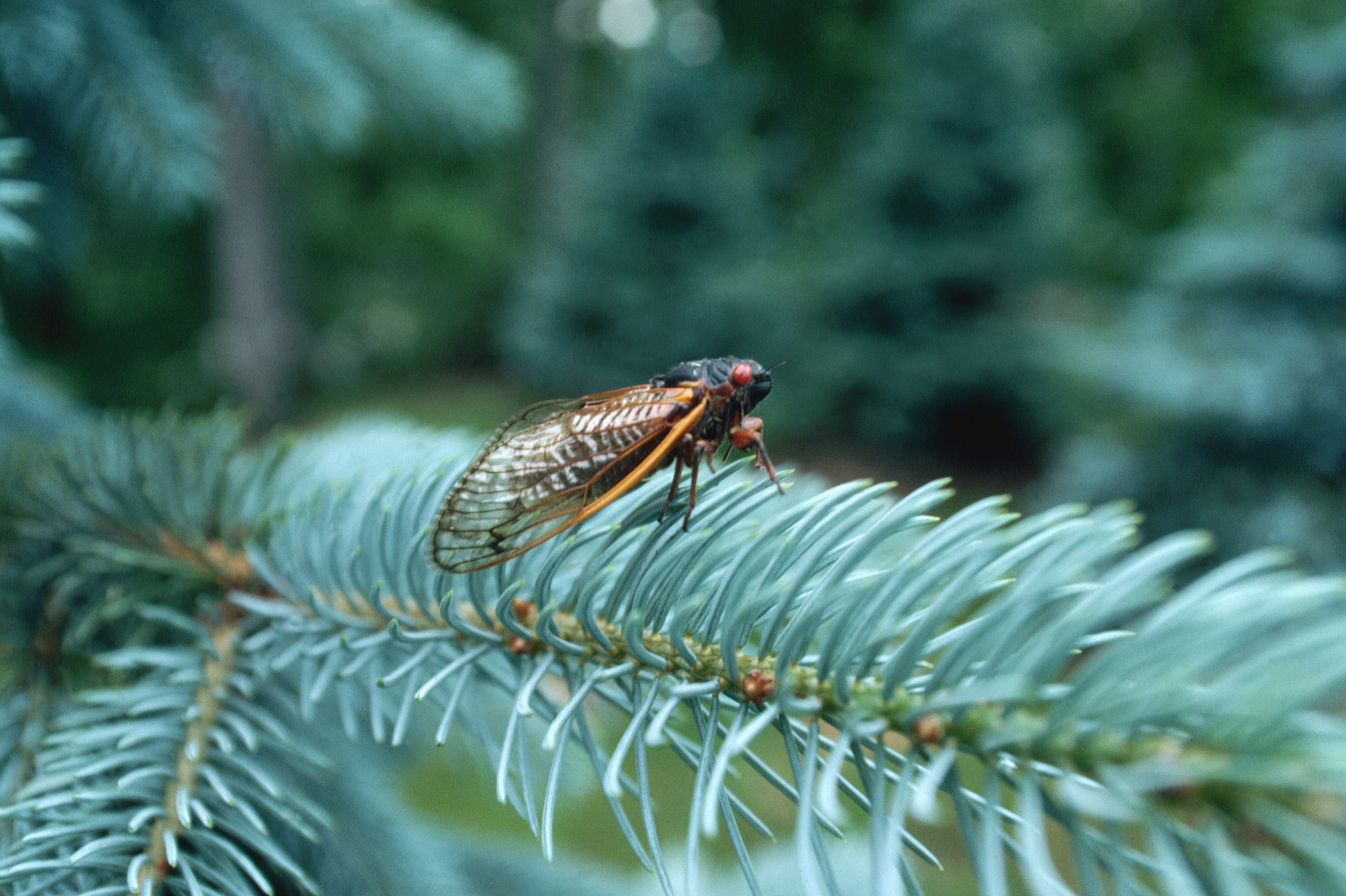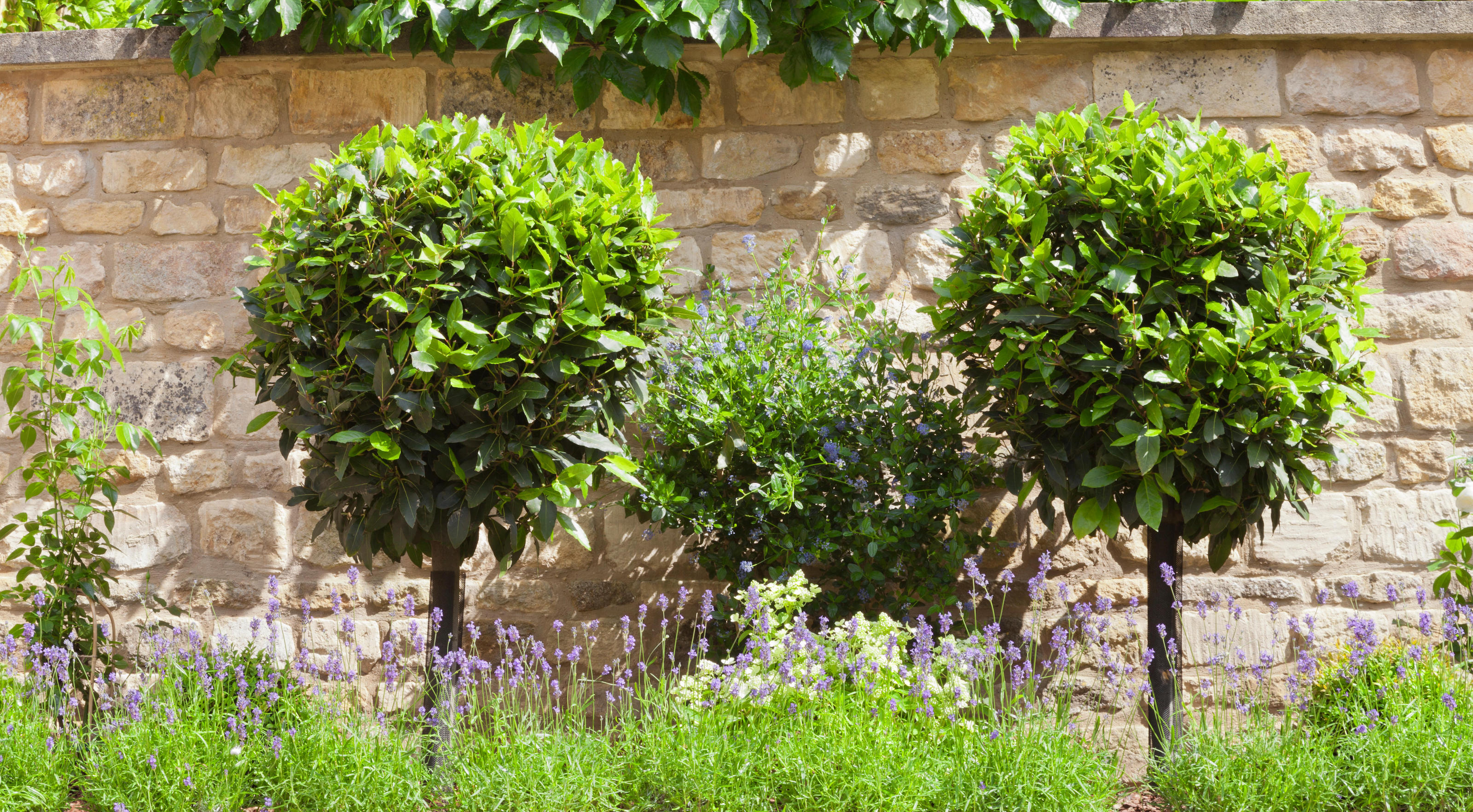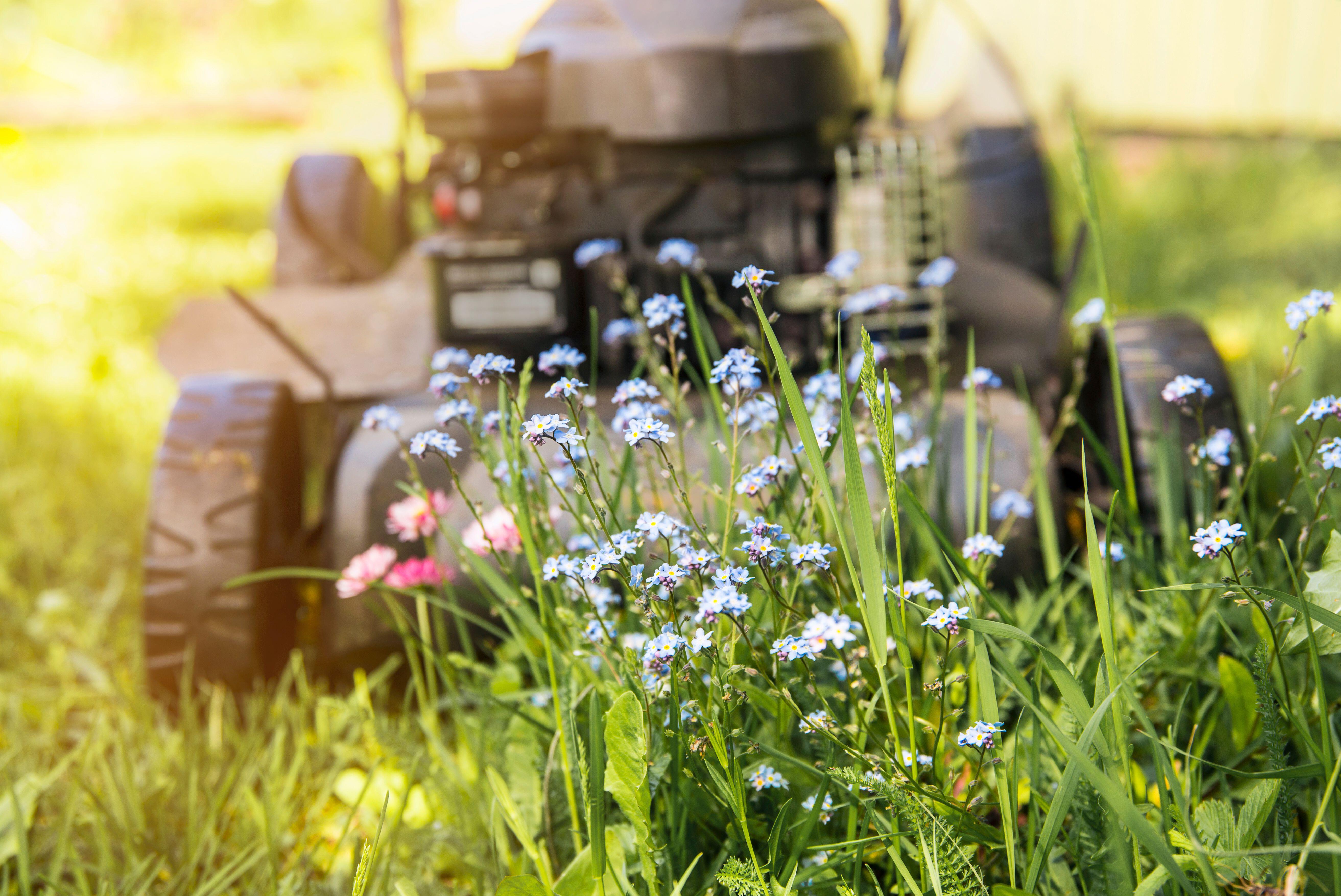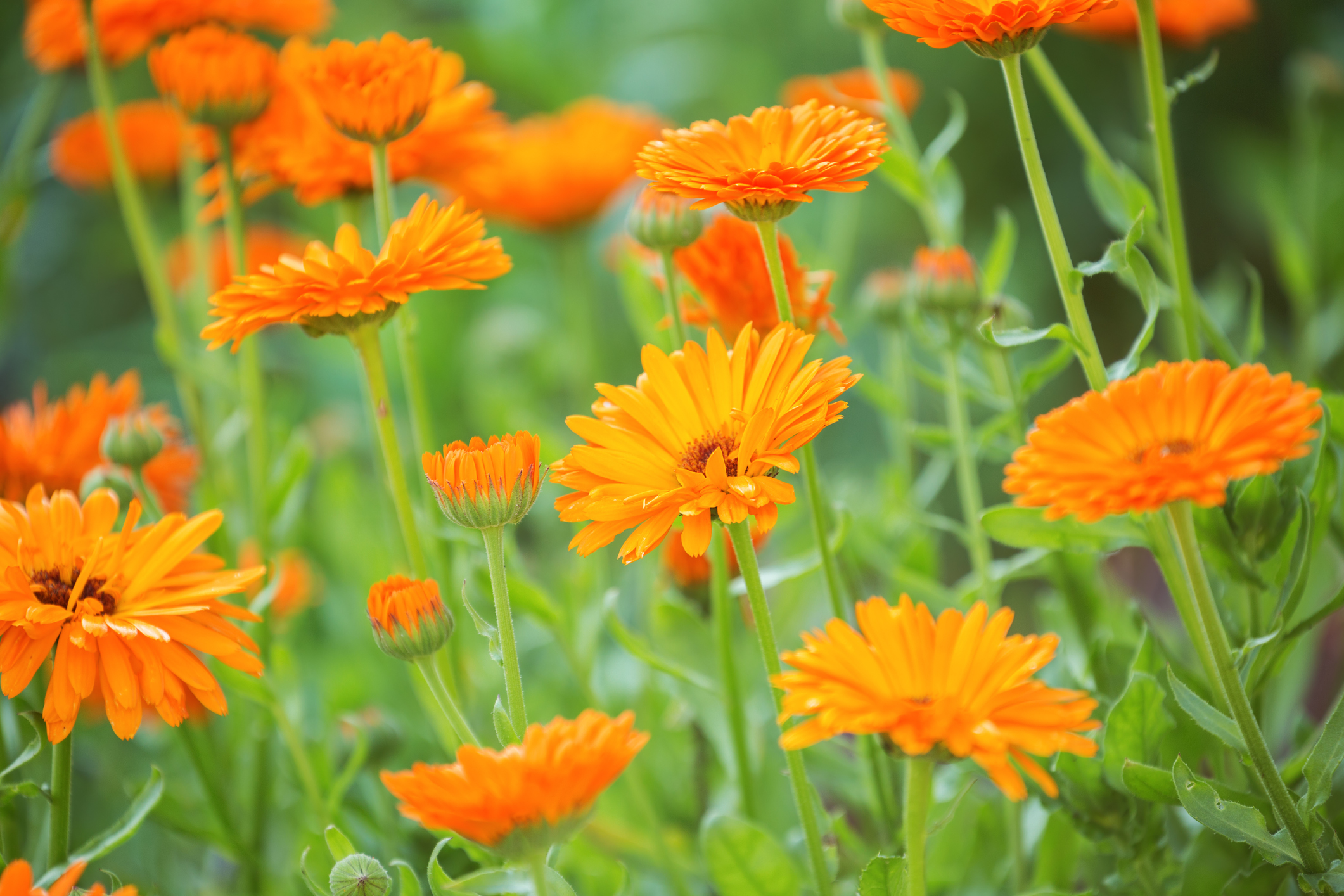
Cicada season is here and it seems that these critters are appearing from their underground home and making their way into many states across the US. Although some insects are great for maintaining the health of our beloved garden plants, cicadas can be can become quite a nuisance, but don't worry too much, as they are not harmful to humans!
There are two types of cicadas you need to be aware of. Those are: annual cicadas which appear in July and August and periodical cicadas that arrive in May and June. Known as one of the loudest insect in the world with their unforgettably high-pitched screams, these critters can also damage your much-loved trees and shrubs.
So if you're looking for a low maintenance garden this summer, and want to find an easy to tackle noisy cicadas — follow these expert steps below.
How do you get rid of cicadas naturally?

1. Protect Young Trees and Shrubs by using netting
A.H David, co-founder and expert at Pest Control Weekly, says the first step is to use 'fine mesh netting or cheesecloth', this will help 'prevent female cicadas from laying eggs in their branches'.
Female cicadas may lay their eggs on small tree branches and in doing so, they can create a small cut in trees which results in a scar that can be several inches long.
This 2 pack mesh netting from Amazon might is perfect for keeping the loud critters away from damaging your trees.
2. Mow your lawn

Good lawn care can actually keep cicadas out of your yard, so maintaining a well trimmed lawn should be first on your list.
A.H David explains that regularly mowing your law will 'discourage cicadas from laying eggs in the soil' as cicadas seem to have a keen eye to lay their eggs in grassy areas.
If you're too busy to tend to your lawn, why not opt for robot lawnmowers? These can be quite the indispensable tool.
3. Try Companion Planting

Companion planting is a gardening method that involves growing several types of crops near one another to enhance crop production and protect vulnerable plants from certain pests. 'Companion planting is an age-old technique of planting different plants together to enhance their growth, health, and productivity,' says Diana Cox, plant expert at The Gardening Talk. 'It involves strategically planting certain plants near each other to reap mutual benefits. The practice is based on the idea that certain plants can enhance the growth and yield of different plants while deterring pests and diseases.'
AH David says certain plant species such as garlic plants, chive plants, or marigolds should be placed around your more vulnerable plants, as cicadas are often deterred 'by strong scents'.
Cicadas also hate the smell of peppermint, vinegar, and eucalyptus, so try spraying some essential oils on your plants and trees — that way you won’t harm your beloved plants.
4. Let nature take its course

Time to call in Cicada Killer Wasps? A.H David tells us, you should encourage 'natural predators of cicadas, such as birds, praying mantises, and certain wasp species, by providing habitat and food sources for them in your garden'.
Tony O'Neill, expert gardener from Simplifying Gardening says 'encouraging cicada predators, such as birds and small mammals, can help keep the population in check. Providing bird baths or bird feeders can attract more cicada-eating birds to your yard'.
5. Mulching
Mulching is a good way of improving plant health and soil quality and also acts as a barrier, making it more difficult for cicadas to access tree roots and emerge as adults.
A.H David says applying a layer of mulch around the base of trees and plants is also quite beneficial as it helps 'discourage female cicadas from laying eggs in the soil'.
FAQ
When Should You Expect Cicadas?

'Cicadas are known for their periodic emergence, typically occurring in cycles of 13 or 17 years, depending on the species,' A.H David explains. But, different regions may experience cicada emergences at different times. 'Generally, they are most active during the warm months of late spring and summer,' he adds.
What Are the Signs That You Have a Cicada Infestation?
Tony O'Neill, says the most obvious sign of a cicada presence is 'the loud singing from male cicadas trying to attract mates'.
Other indicators include sighting of their 'shed skins' which can be 'attached to the sides of trees,' as well as 'the appearance of small round holes in the ground where cicadas have emerged'.
What Damage Can They Cause?
Although these insects can be quite the nuisance, Tony says they 'do not harm humans and are not poisonous or venomous'.
However, Tony adds: 'female cicadas can cause damage to trees when they lay their eggs. They make slits in the branches to deposit their eggs, which can weaken younger trees and potentially lead to branch die-off'.
What can I use to protect my trees from cicadas?
A great way to protect your trees from cicadas is by using tree netting.
According to Natorp's Leading Garden Expert, Ron Wilson, the best way to do this is by covering 'your plant with netting and tie at the base of your plant with a zip tie'. He says you should 'choose mesh or mosquito netting that allows water and sunlight to reach your plant. For smaller shrubs, drape over the shrub and anchor to the ground. Leave your covering on your plants until most cicadas have died off, which usually is about 3-4 weeks'.
What are cicada killer wasps?
Their big, buzzing, bold and only have one target in mind... the cicada.
Nicole Carpenter, a pest expert from Black Pest Prevention says, cicada often resemble oversized yellow jackets or hornets. These wasps aim to 'paralyze cicadas and bring them to their burrows as food for their larvae' they also 'live in burrows in the ground, which makes them beneficial on the one hand, as they reduce the number of cicadas, and detrimental on the other hand, as they reduce the quality of the soil and kill plants'.
Nicole explains that these buzzing wasps are 'most active during the summer months and common for regions with sandy or loose soil, typically in areas like gardens, lawns, and open fields'
What damage can Cicada Killer Wasps cause to soil?
Nicole tell us, cicada killer wasps 'create extensive burrows in soil where they lay their eggs and store paralyzed cicadas as food for their larvae,' therefore their 'burrowing can weaken soil structure, cause erosion, and disturb plant roots'.
!["[T]he First and Fifth Amendments Require ICE to Provide Information About the Whereabouts of a Detained Person"](https://images.inkl.com/s3/publisher/cover/212/reason-cover.png?w=600)






